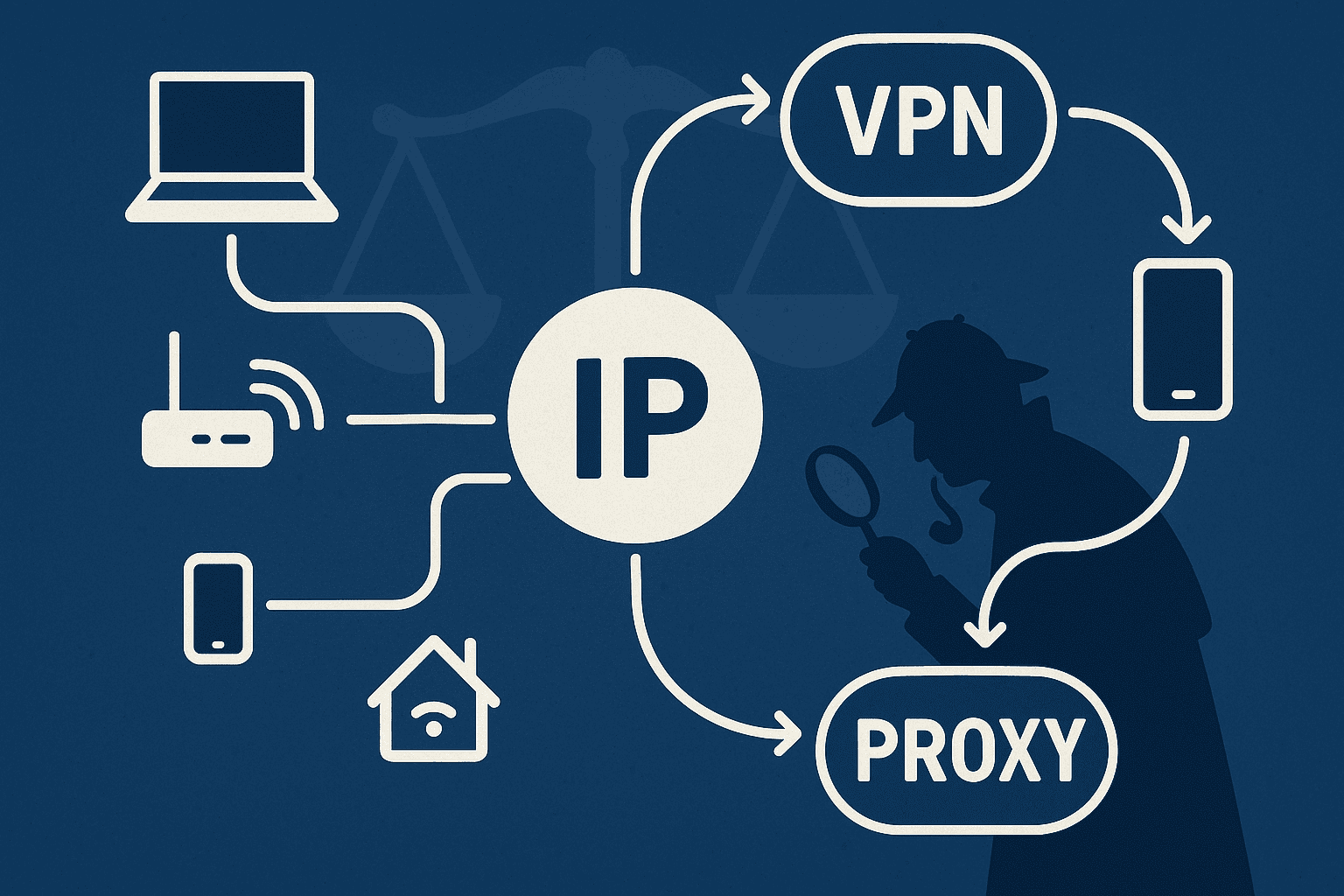Understanding Mobile Device Extractions: A Lawyer's Guide
Let's break down two common mobile device extraction methods to help you make informed decisions about your cases. Smartphones hold a wealth of potential evidence, but accessing that data requires specialized techniques.
Logical Extraction: The Quick Glance
A logical extraction [1] is like taking a high-level inventory of the most accessible data within a mobile device. Here's what it typically includes:
- Active Files: Contacts, call logs, SMS/MMS messages, photos, videos, emails, internet browsing history, and basic app data.
- Ease and Limitations: Logical extractions are often the starting point due to their speed. Commercial tools allow you to pull this data directly from the phone's OS. However, this convenience means you'll miss out on potentially valuable evidence.
Full File System (FFS) Extraction: Digging Deeper
An FFS extraction [2] provides a more comprehensive excavation of a mobile device's data, including:
- Deleted Files: Think of recovering "deleted" texts or photos – that's the level of access an FFS extraction can offer.
- System Files and App Databases: These reveal user activity patterns, location data, hidden application behavior, and more.
- Unallocated Space: Unallocated space might contain traces of older deleted or overwritten information.
Challenges of FFS Extractions
Why not always do a full file system extraction? Here are a few hurdles:
- Technical Complexities: FFS extraction often requires exploiting vulnerabilities in the device's operating system or leveraging specialized forensic tools that can bypass security features, which can be technically challenging. Procedures like rooting (Android) or jailbreaking (iOS) are often necessary, but the process can risk overwriting the data you want to recover.
- Encryption: Modern device encryption is robust. An FFS extraction might only result in scrambled files without passwords or advanced cracking methods.
- Time and Resources: FFS extractions can be significantly more time-consuming and resource-intensive.
- Device and OS Limitations: The feasibility of FFS extraction can vary widely depending on the make, model, and operating system version of the device, as manufacturers continuously update security features to close vulnerabilities.
When Does an FFS Provide the Critical Edge?
Here are instances where an FFS extraction could be pivotal:
- Finding Deleted Evidence: Investigating scenarios where deleting data might be an attempt to cover up wrongdoing.
- Recovering Data from Damaged Devices: Sometimes, an FFS extraction may be the only way to recover information when the device's operating system is inaccessible.
- Deep Analysis of App Activity: Understanding a suspect's actions within specific apps might require access to internal app databases and settings.
Key Takeaway
Consult with experienced digital forensic examiners to weigh the potential benefits and risks of performing a full filesystem extraction. With the right extraction strategy, a mobile device can become a rich source of evidence. That said, there are no guarantees that the forensic examiner can successfully perform the full filesystem extraction.
Be sure to make Lucid Truth Technologies the first digital forensic examiner you contact to gain a firm understanding of your options so you can make the best decision for your case!
[1] https://cellebrite.com/en/glossary/logical-extraction-mobile-forensics/
[2] https://cellebrite.com/en/glossary/full-file-system-extraction-mobile-device-forensics/





